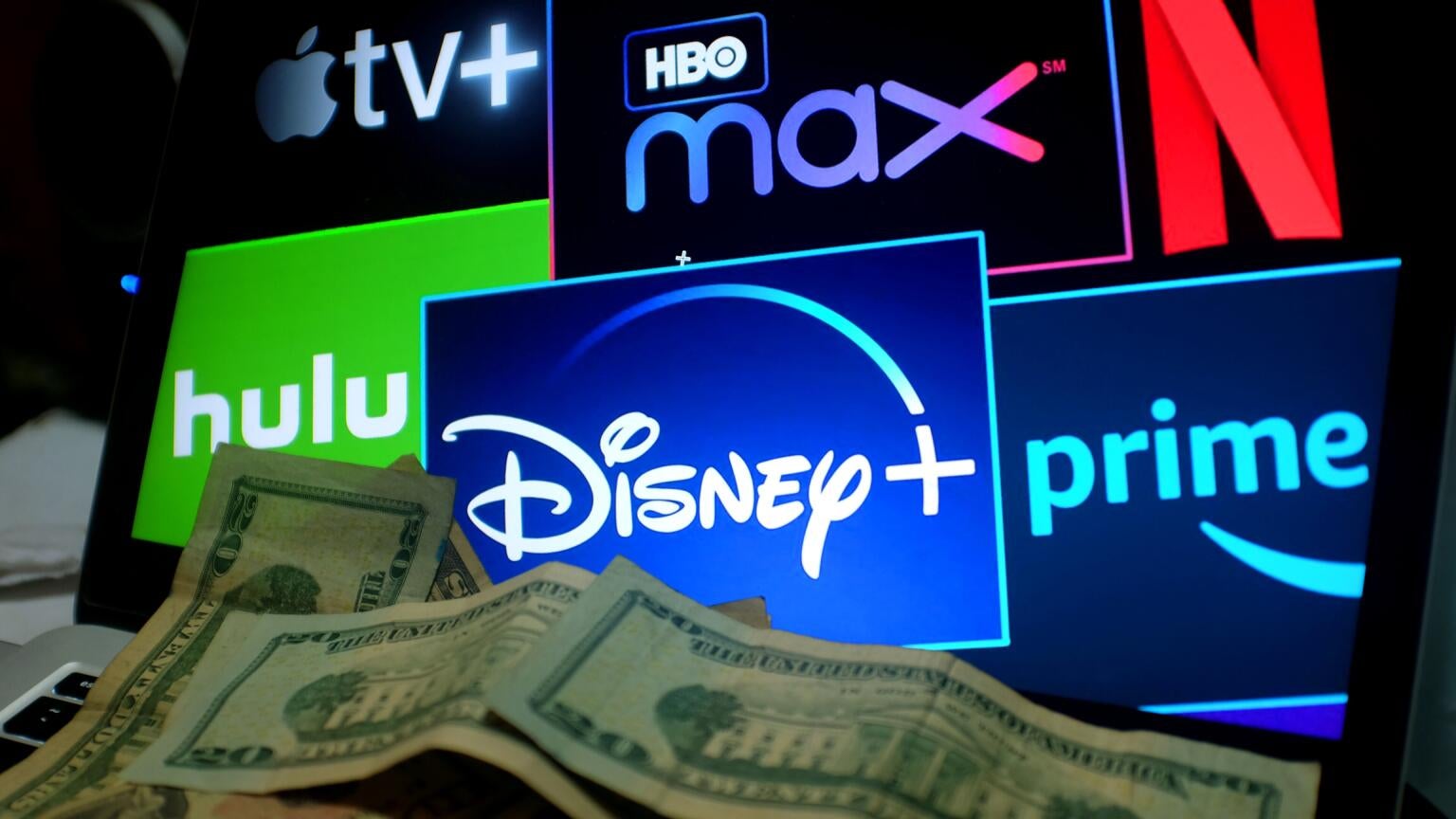
Every streaming provider is currently scrambling to find the answer to the same question, how do they cut down on subscriber churn in the face of a worsening economy? Those providers might want to turn to the newest research available from Hub Intel, which asked customers about their TV spending habits.
Hub began by asking respondents what they spend on TV every month. The average number that customers came to was $82. That number has dropped a bit from the $94 average that customers indicated in 2019 when the streaming wars began in earnest, but it’s not a breathtaking plummet. According to the survey, the average amount that customers thought was reasonable to spend on TV has remained constant at $68 per month.

That news must serve as a bit of a relief to providers. A report from earlier this year suggested that over 25% of U.S. households had cut a streaming service in the past six months, but Hub’s numbers indicate that customers have only decreased their average monthly TV spend by $12. So while customers may be making changes to their streaming habits, it appears that they are more often than not switching to cheaper services instead of abandoning the market for good.
The research from Hub also indicates that the most important thing for streaming services to provide moving forward might not simply be a lower price point. To keep consumers happy, providers need to ensure that they believe that they are getting their money’s worth from a subscription, and fortunately for streaming services, fewer and fewer people are feeling that from traditional cable and satellite providers. Only 55% of traditional pay-TV customers said their bundle was a “good” or “excellent” value – lower than any other type of subscription, and far behind the major streaming platforms.

So what can streamers do to ensure that they are providing their customers with the most value? As usual, each is trying a different strategy while they watch what others are doing in order to steal an idea or two. For example, Prime Video is attempting to demonstrate value by increasing its sports programming. The company is using its exclusive broadcast of “Thursday Night Football” as a keystone, and building up live music and sports talk offerings around it.
Netflix is attempting to show its value by launching an ad-supported tier at a lower price point. The plan will feature less ads than many ad-supported plans at other streamers, and will also include free access to Netflix's growing library of mobile games, which are also a big potential source of value for the company moving forward.
How each streamer plans to demonstrate its value to customers will become increasingly important if the economy continues to worsen. Belt-tightening consumers may have to make harder choices about their TV habits in the future, and if so the company that shows its value the best now will have a big advantage over the others.
